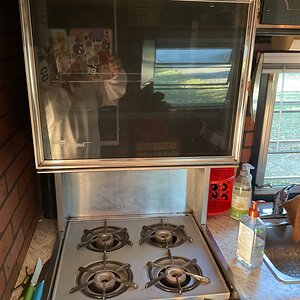Texas Clodhopper
RVF Supporter
- Joined
- Nov 16, 2019
- Messages
- 1,740
- Location
- Garden Ridge, TX
- RV Year
- 2017
- RV Make
- Newmar
- RV Model
- Ventana 4369
- RV Length
- Longer daily
- Chassis
- Freightliner
- Engine
- Cummins
- TOW/TOAD
- 2022 GMC Canyon AT4
- Fulltimer
- No
I'm not financially prepared to invest in a total solar package but I'm seriously considering upgrading my 8-230AH wet cell batteries to LiFePo4 batteries. The 12v LiTime 230AH batteries are high on my list. Should I get 4 to replace the 8 wet cell batteries? Bluetooth, heated? All the options make my head swivel. I know I will need other items to safely charge the LiFePo4 batteries using the engine alternator and maybe the genset, what else? I always read not to use the LiFePo4 as engine starting batteries so how about starting the genset? Ugh!
Be easy on me my friends, I don't know enough to ask semi-intelligent questions but all advice is welcome.
Be easy on me my friends, I don't know enough to ask semi-intelligent questions but all advice is welcome.













